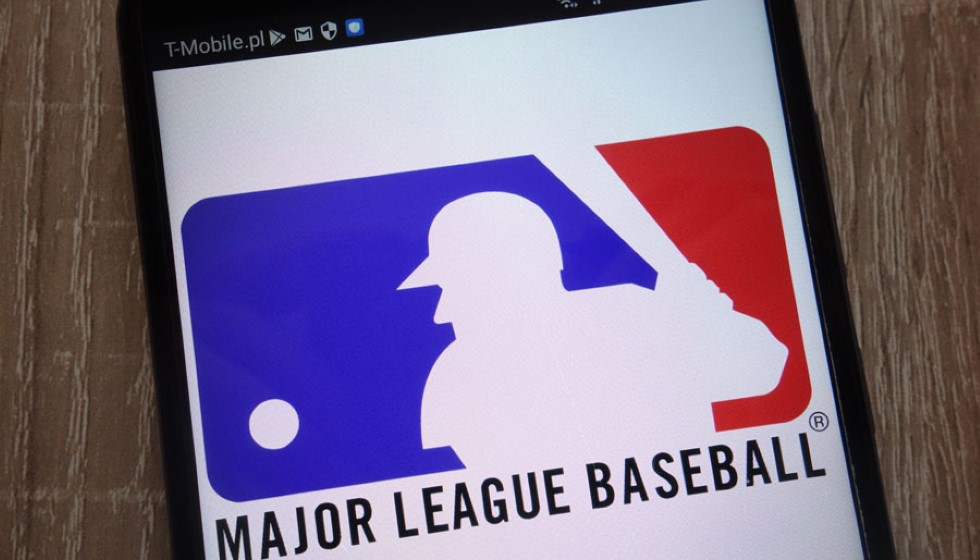
As 2025 dawns upon the Major League Baseball landscape, the ripples of change resonate through the league following a whirlwind offseason. A substantial reshuffling has occurred, with high-profile free agents finding new homes. But perhaps none is more intriguing than the series of strategic rearrangements concerning the St. Louis Cardinals.
Nolan Arenado's Uncertain Future
Among these shifting sands, Nolan Arenado remains a compelling storyline. The Cardinals owe the formidable third baseman a hefty $64 million over the next three years; yet, his future with the team appears hazy. Arenado, known for his unparalleled defensive prowess and power hitting, blocked a trade during the offseason, casting a cloud over his tenure with the Cardinals. In a surprising turn, discussions have emerged about him potentially adapting to a first base role, a prospect designed to augment trade possibilities.
The Cardinals are entering a self-proclaimed "reset" phase, an introspective period wherein they engage in reevaluating their roster and strategic orientation. How Arenado fits into this reset, given his contract and the team's ambitions, remains a topic ripe for speculation.
Roster Reshuffling and Financial Overhauls
The financial commitments do not stop at Arenado. Sonny Gray is due $65 million over the next two years, cementing him as a crucial part of the team's pitching rotation. Meanwhile, Jordan Montgomery, securing his future through a player option, sits at an estimated $22.5 million for 2025. Both figures highlight the considerable financial balancing act the Cardinals must navigate under their reset initiative.
Elsewhere in the league, other contractual intricacies have emerged. Luis Castillo's commitment stands at $22.75 million annually over the next three years, while pitchers like Marcus Stroman and Ryan Pressly, with their substantial but differing contractual obligations, add layers to the financial dynamics teams must consider. Stroman commands $18 million with no trade protection, and Pressly is tied up with a $14 million price tag, safeguarded by a no-trade clause.
Trade Winds and Financial Clouds
Trades continue to serve as pivotal moments, reshaping teams swiftly. Last year saw Corbin Burnes's trade on February 1, an event that prompted a realignment of expected pitching rotations. Years prior, the Luis Arraez/Pablo López trade demonstrated baseball’s fluidity, even as arbitration processes loomed large, notably affecting Arraez and Dylan Cease, both projected to earn approximately $14 million.
The Padres face their own financial narratives. Their competitive balance tax payroll sits at an estimated $248 million for 2025. However, the weight of financial management becomes more complicated after the demise of owner Peter Seidler in late 2023. The implications of leadership transitions remain to be fully understood, as decisions made could pivot the franchise's future direction.
Young Talents and Developing Stars
While contractual complexities dominate headlines, emerging talents like Brett Baty, poised to make significant contributions at just 25 years old, provide a glimmer of hope for teams looking to infuse youth into their lineups. His development signals a generational shift where fresh talent meets established expertise.
The altogether tumultuous yet thrilling atmosphere preludes a baseball season where financial pragmatism and daring trades intermingle. Teams like the Twins, meanwhile, gauge the effects of external economic forces, notably the Diamond Sports Group bankruptcy, on their operational capabilities.
The Path Ahead
Baseball purists and fans alike witness an evolving narrative wherein financial acumen and strategic foresight prove as critical as raw athletic talent. "Biggest mistake this season from a talent standpoint," commentator Ken Kendrick reflected, underscoring the delicate equilibrium between strategy and execution. As teams adjust their sails, the journey into 2025 promises a landscape both familiar and entirely transformed.